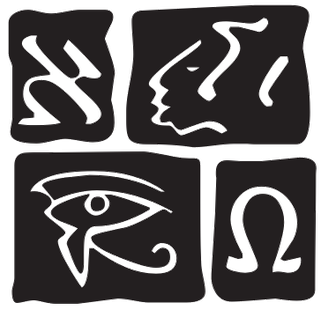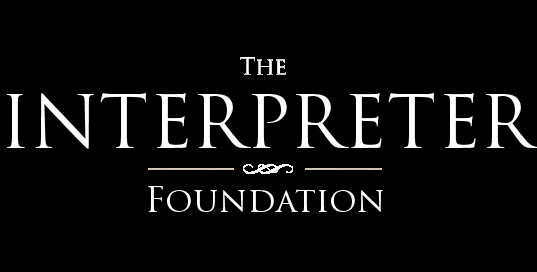
Alphabetical by Author
See the icons used for the links to the available media types for an article
Search the FARMS Bibliography
" adv-header='
Advanced Search of the FARMS Bibliography
This form allows you to perform an advanced search. You only need to fill in one field below. This can be any field. If you select "not" as your match criteria, you must select at least one other field.
']
Citations with multiple authors are listed multiple times, once under each author’s name
[biblio_paged type="author" index="7" url="https://dev.interpreterfoundation.org/bibliographies/farms/authors/" shortcode='biblio collection="farms" sort="author" hide_citations="true" hide_ancestors="true" hilite="true"']


